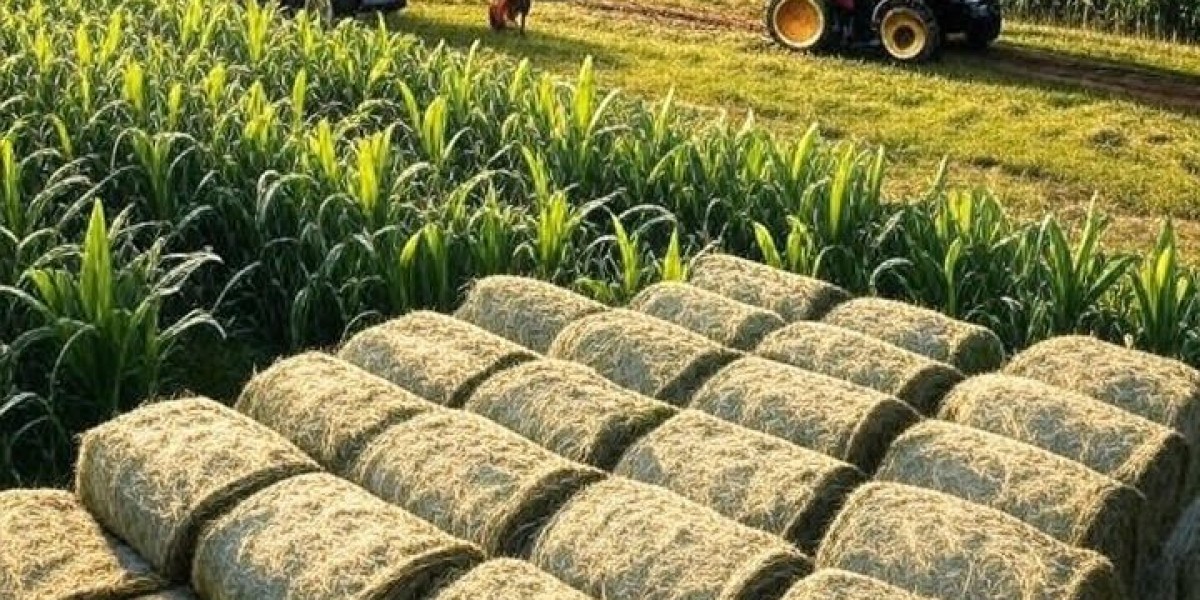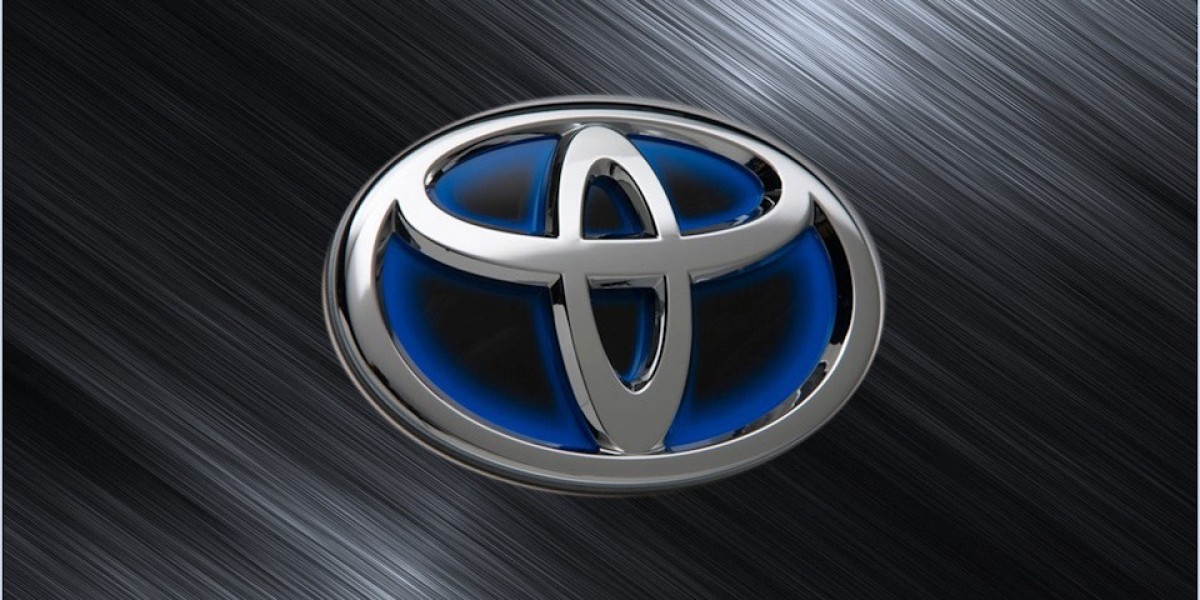India’s agricultural sector is undergoing a quiet but powerful shift—farmers are no longer relying solely on small, season-to-season purchases. Instead, they are turning to bulk farming products to streamline operations, cut input costs, and drive consistent profit across growing seasons. With larger holdings and rising awareness, farmers now realize that buying more at once often leads to growing more—and better.
The emergence of digital marketplaces has accelerated this shift. Tools like the Agribegri app are empowering even small and mid-size farmers to explore cost-effective bulk purchases without relying solely on local dealers. This trend isn’t just about convenience—it’s about strategy. From fertilizers and pesticides to drip accessories and hybrid seeds, a well-planned bulk purchase can shape the entire cropping cycle.
With growing access to agri inputs online, profitability today isn’t just decided by what farmers grow, but also how they procure the tools that help crops thrive.
Why Bulk Buying Makes Business Sense for Farmers
Bulk purchases in agriculture aren’t a new concept—but with better logistics, transparent pricing, and digital platforms, the practice has become more structured and beneficial than ever.
Here’s why it’s gaining popularity:
Lower Per-Unit Cost: Buying large quantities directly from suppliers often reduces per-unit pricing by 15–30%.
Seasonal Security: Stocking up on essential products before the sowing season prevents unexpected shortages and price hikes.
When planned well, bulk buying also ensures uninterrupted crop cycles, better nutrient planning, and greater control over input quality—especially critical for ensuring strong crop health across all stages.
The Right Products to Buy in Bulk
Not every agricultural input is ideal for large-scale storage. However, several products have longer shelf life, wide applicability across multiple crops, and consistent seasonal demand—making them perfect for bulk procurement.
Let’s explore a few of the most reliable and farmer-preferred categories:
1. DAP Fertilizer (Di-Ammonium Phosphate)
Use: Applied before sowing as a basal fertilizer
Recommended for: Wheat, paddy, cotton, pulses
Application: 100–125 kg per acre for medium soils
Benefits:
Strong nitrogen and phosphorus base promotes early root growth
Boosts overall plant vigor and productivity
Non-benefits: Excessive usage can alter soil pH and create micronutrient imbalances, especially zinc deficiency in long term.
2. Emamectin Benzoate 5% SG
Use: Targeted insecticide for sucking and chewing pests
Crops: Cotton, chilli, brinjal, cabbage
Dosage: 8–10 gm per 15 liters of water
Advantages:
Fast knockdown and longer residual effect
Ideal for IPM (Integrated Pest Management) programs due to selective pest action
Caution: Should not be over-applied in consecutive cycles; rotation with other molecules is advised to prevent resistance.
3. NPK 19:19:19 Water-Soluble Fertilizer
Use: Used during vegetative and flowering stages
Crops: Tomato, grapes, pomegranate, banana, and floriculture
Quantity: 75–100 gm per 15-liter spray or fertigation tank
Benefits:
Balanced nutrient mix encourages uniform growth
Fully water-soluble and suitable for foliar and drip systems
Limitation: Should be stored in airtight packaging to avoid moisture clumping.
"Bulk inputs are not just about cost—they are about confidence. A well-prepared farmer walks into the season without fear of shortages or last-minute rate shocks."
4. Mulching Films (100 Micron Black-Silver)
Use: Weed control and moisture retention
Crops: Strawberry, capsicum, cucumber, flowers, herbs
Sizes: Available in 1–4 feet widths, 400m–800m rolls
Benefits:
Maintains soil temperature and moisture
Reduces labor costs for weeding
Considerations: Requires trained labor for laying. Improper tensioning can lead to tearing or poor root aeration.
Digital Platforms Powering the Bulk Revolution
Traditionally, large-scale input buying required visits to multiple dealers, relying on word-of-mouth for pricing and stock availability. But now, mobile-driven solutions like farming apps simplify this.
Farmers can now:
Compare prices across manufacturers for large packs
Read verified user feedback and product usage tips
Track delivery schedules to plan sowing or spraying better
The ability to source agri inputs online has particularly benefited remote farmers, where local agri shops either overcharge or lack variety.
Points to Keep in Mind When Buying in Bulk
Bulk buying offers great benefits, but only when matched with proper planning, storage, and usage discipline. Here are key tips:
Storage Matters: Keep fertilizers and agrochemicals in dry, shaded, well-ventilated rooms
Batch Monitoring: Label each pack with purchase date and lot number to track expiry
Application Discipline: Avoid overuse just because products are available in quantity
Many farmers now adopt community buying strategies—grouping together for bulk purchases and splitting costs and quantities per farm size. This cooperative approach helps even smallholders benefit from wholesale pricing.
Numbers That Matter
Recent data from the Indian Agro Input Suppliers Association shows a 24% increase in bulk purchases by farmers between 2022 and 2024, with an average savings of ₹3200 per acre in input cost. In Maharashtra’s Vidarbha region, a farmer group reported a 27% boost in net returns after shifting to planned seasonal bulk buying combined with shared storage.
These aren’t just savings—they represent margin improvements that allow reinvestment in mechanization, drip systems, or better-quality hybrid seeds.
Short-Term Thinking vs Long-Term Planning
While many farmers still opt for “just-in-time” input buying, that approach is increasingly risky. Monsoon delays, supply chain issues, or dealer hoarding can impact availability and pricing. Bulk buying, on the other hand, builds supply independence and allows for smoother execution of nutrient schedules and pest control programs.
A farmer who stocks correctly before each season can avoid last-minute panic buying, substandard product compromises, or missing critical application windows—factors that directly impact yield.
Bullet Points for Smart Buying
Buy only products with long shelf life and clear labeling
Ensure you have the infrastructure (space, safety) for storing chemicals properly
Looking Ahead: Building Bulk into Your Farm’s Future
Bulk farming products are no longer just for big landowners or commercial farms. With digital ordering, flexible payment systems, and expanding logistics reach, small and medium-scale farmers can now participate in this cost-saving movement.
The trend is clear: farms that plan ahead, buy right, and manage inputs with care are outperforming those stuck in traditional dealer-based models. Whether you farm 2 acres or 200, there’s value in bulk—not just in cost, but in the peace of mind it brings.








